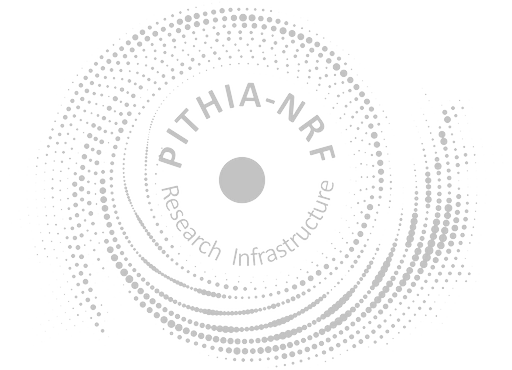<?xml version="1.0" encoding="UTF-8"?>
<Instrument xmlns="https://metadata.pithia.eu/schemas/2.2" xmlns:xlink="http://www.w3.org/1999/xlink" xmlns:xsi="http://www.w3.org/2001/XMLSchema-instance" xsi:schemaLocation="https://metadata.pithia.eu/schemas/2.2 https://metadata.pithia.eu/schemas/2.2/pithia.xsd">
<identifier>
<PITHIA_Identifier>
<localID>Instrument_EISCAT_RemoteUHF</localID>
<namespace>eiscat</namespace>
<version>1</version>
<creationDate>2022-10-03T11:11:00Z</creationDate>
<lastModificationDate>2025-01-16T12:13:00Z</lastModificationDate>
</PITHIA_Identifier>
</identifier>
<name>EISCAT Remote UHF receivers</name>
<description>The EISCAT Mainland radar system had two remote receiver sites with 32 m dish antennas, located at Kiruna and Sodankylä. From 1981 to 2012 the remote receivers operated at the frequency of the fully steerable Tromsø UHF radar (930 MHz), enabling scanning tristatic measurements. Increasing interference from mobile telephony base stations in the 900 MHz band prevented further operation and the remote stations were converted to the EISCAT Tromsø VHF radar frequency (224 MHz) in 2012.
The remote receivers were decommissioned in 2024 and both antennas will be removed from the sites.</description>
<type xlink:href="https://metadata.pithia.eu/ontology/2.2/instrumentType/IncoherentScatterRadar"/>
<operationalMode>
<InstrumentOperationalMode>
<id>isr</id>
<name>IncoherentScatterRemote</name>
<description>
The remote receivers produce lag profile estimates from an
overlap region between transmitter and receiver beams. Most
important is the ability to measure the Doppler velocity
component along the transmitter-receiver bisecting line,
from which full three-dimensional velocity vectors can be
calculated.
</description>
</InstrumentOperationalMode>
</operationalMode>
<relatedParty>
<ResponsiblePartyInfo>
<role xlink:href="https://metadata.pithia.eu/ontology/2.2/relatedPartyRole/DataProvider"/>
<party xlink:href="https://metadata.pithia.eu/resources/2.2/organisation/pithia/Organisation_EISCAT"/>
</ResponsiblePartyInfo>
</relatedParty>
</Instrument>

